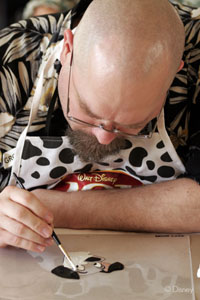 BY KEVIN CARR
BY KEVIN CARR
Kevin Carr takes an art class at Walt Disney Studios in preparation for the Platinum Edition DVD release of “101 Dalmatians.”
A childhood dream of mine came true this month at the Walt Disney Studios. I had a chance to sit in with an art class at Disney’s California Adventure in Anaheim and at the Animation Studios in Burbank, California. Master animator Andreas Deja, who is responsible for designing such classic villains as Scar from “The Lion King” and Jafar from “Aladdin,” led a class of journalists from around the world.
We got a chance to follow a piece of art from a pencil sketch, through the Xerox photographic process, onto an animated cell and through the ink-and-paint department.
Everything started in Anaheim, where Deja took us step-by-step through how to draw the classic Disney villain Cruella De Vil. We drew the sketches in pencil, making things as close as they could to Deja’s expertise on an overhead monitor. Some sketches were pretty good. Others were downright awful. Mine was somewhere in the middle.

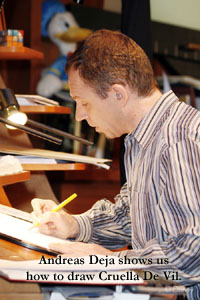
The folks at Disney then sent the sketches to the animation studios in Burbank, where they were transferred to animation cells using the Xerox photographic process that was pioneered with “101 Dalmatians.” While sketches today are scanned into a computer, the Xerox process was groundbreaking in the late 1950s when “101 Dalmatians” was being animated. It uses light and magnetized toner to project an image on a cell, a process that would have been impossible to do by hand for the intricate spot animation used for “101 Dalmatians.”


Later, after a tour of both the Xerox process and the ink-and-paint department, the journalists all gathered into a bungalow for a painting class led by Disney painter and Xerox expert Sherri Vandoli. We had a chance to paint a cell of Pongo, the star of “101 Dalmatians.”
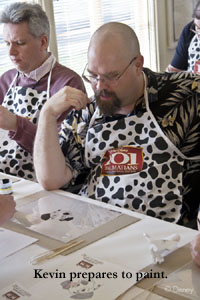
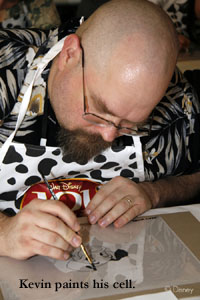
While this entire method is done within a computer today for cartoons and features, the Xerox photographic process and the hand painting is used to make commemorative and collectable cells. However, for a fan of the classic Disney animated films, it was a childhood dream to live a moment of history.
After all was said and done (and painted), I had a new respect for the artists at Disney keeping this process alive. It may appear to be a simple paint-by-numbers process to put the colors on the back of an animation slide, but there’s a real art to it. My Pongo cell is far from perfect, but it is possibly one of the coolest souvenirs anyone can take home from the Walt Disney Studios.
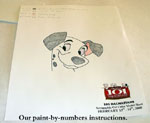

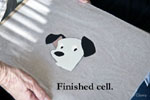
You can learn more about the Xerox photographic process and how classic Disney films were made by watching the special features on the Platinum DVD release of “101 Dalmatians,” due out in a 2-disc format on March 4, 2008.
